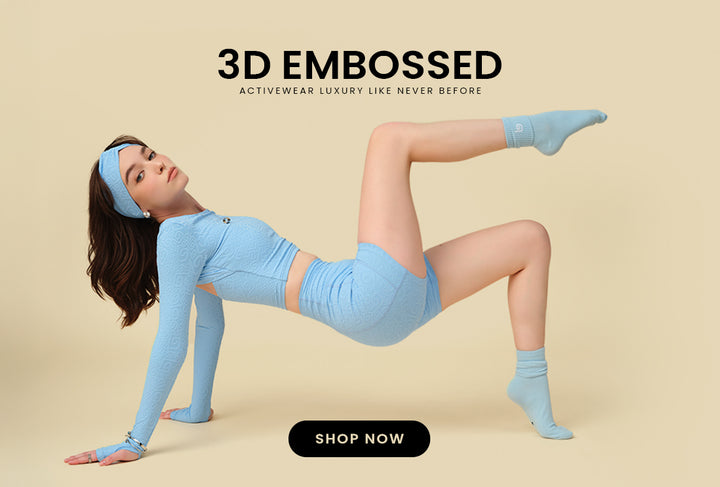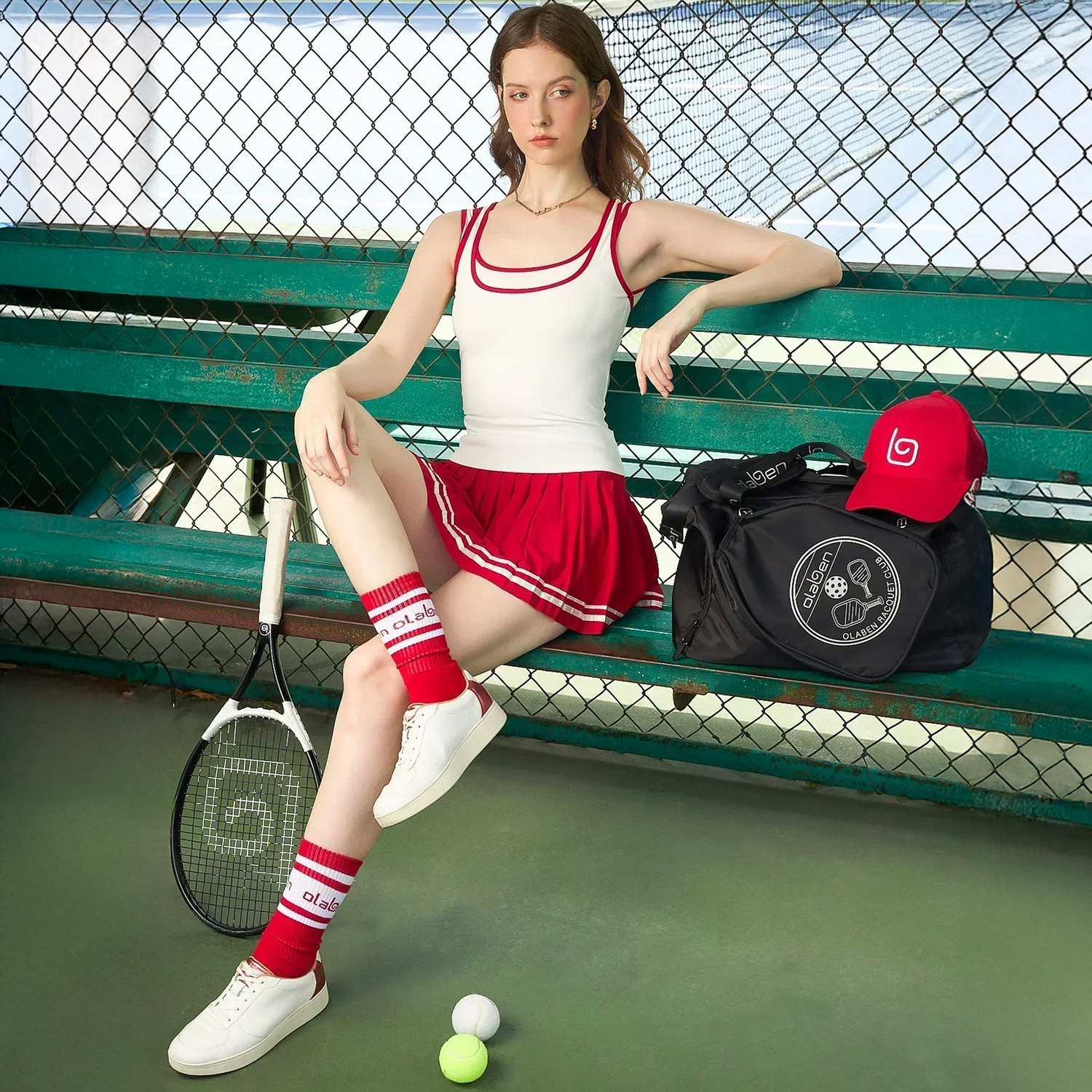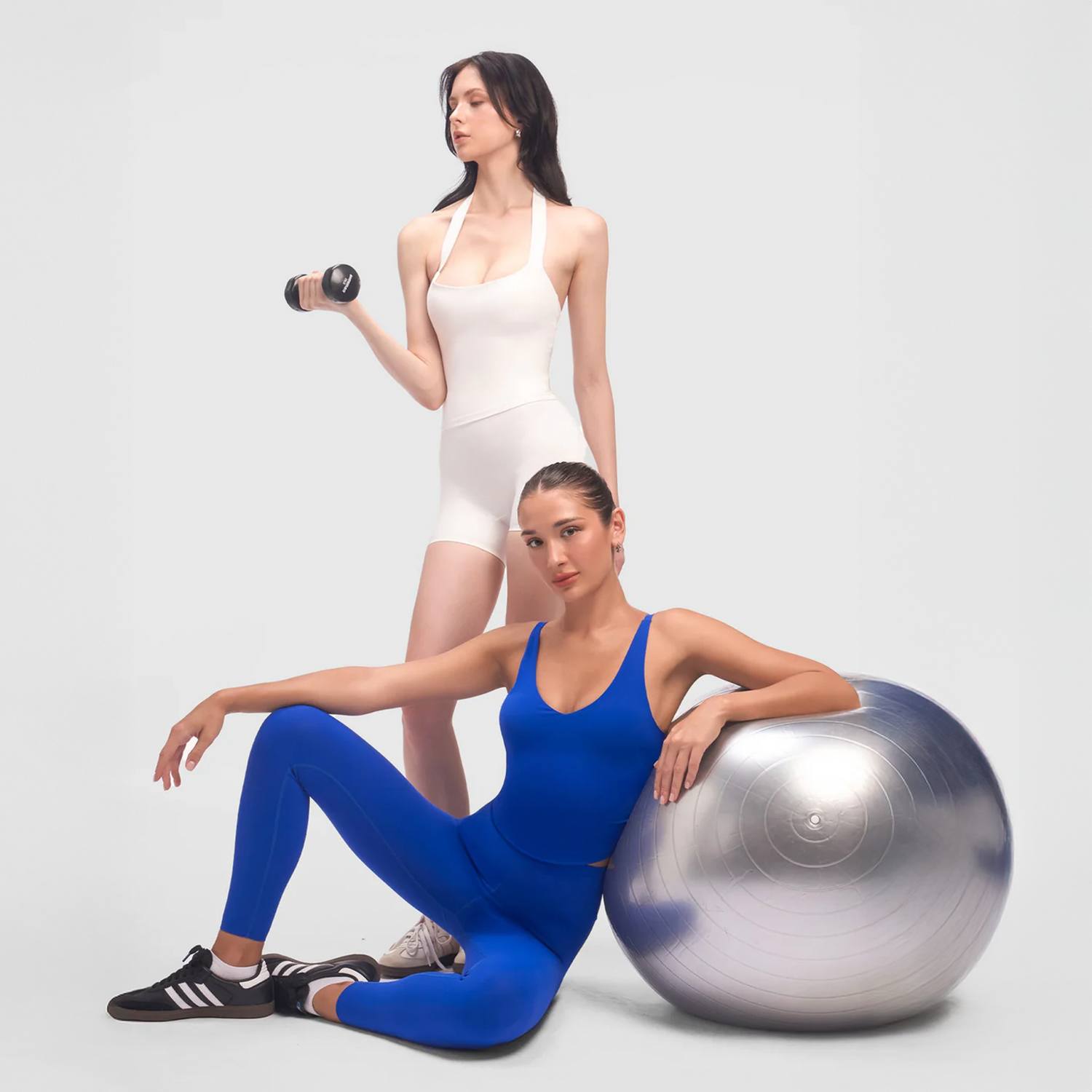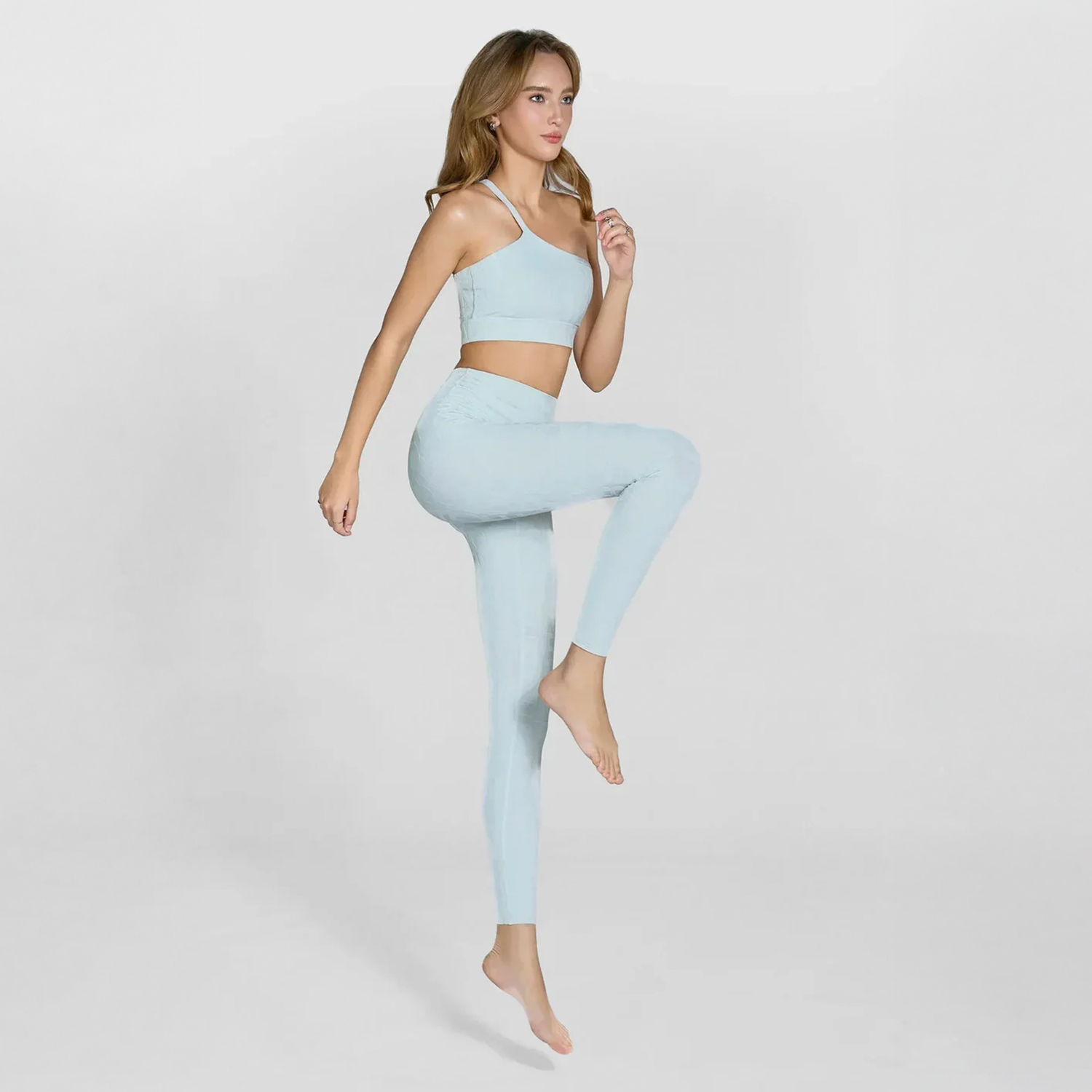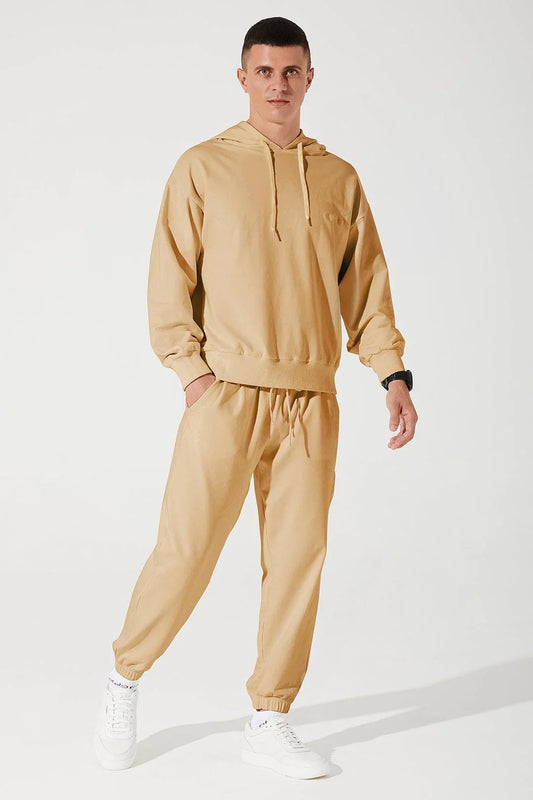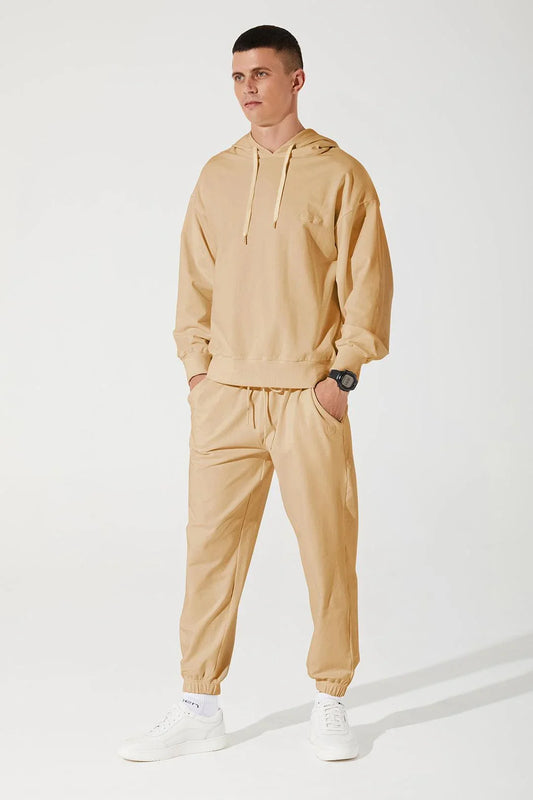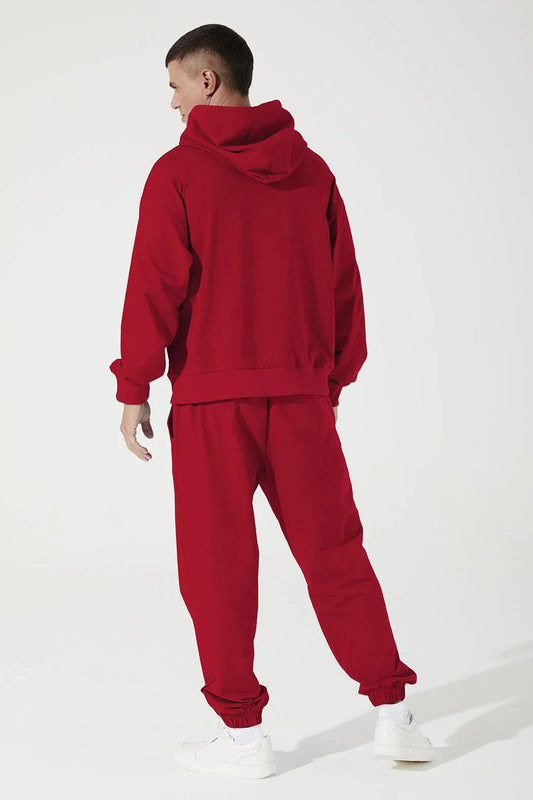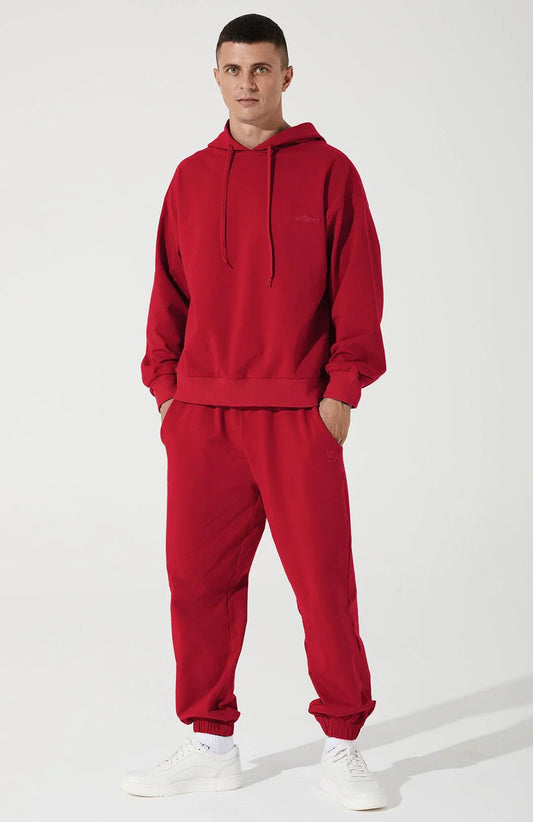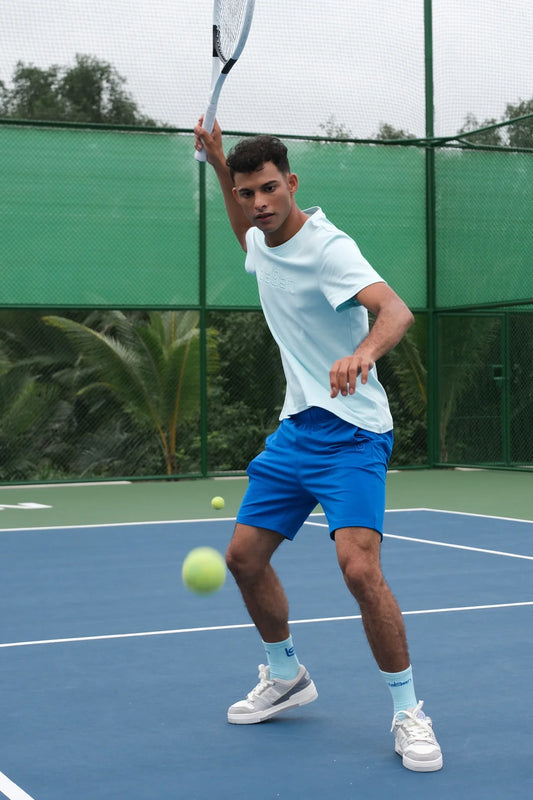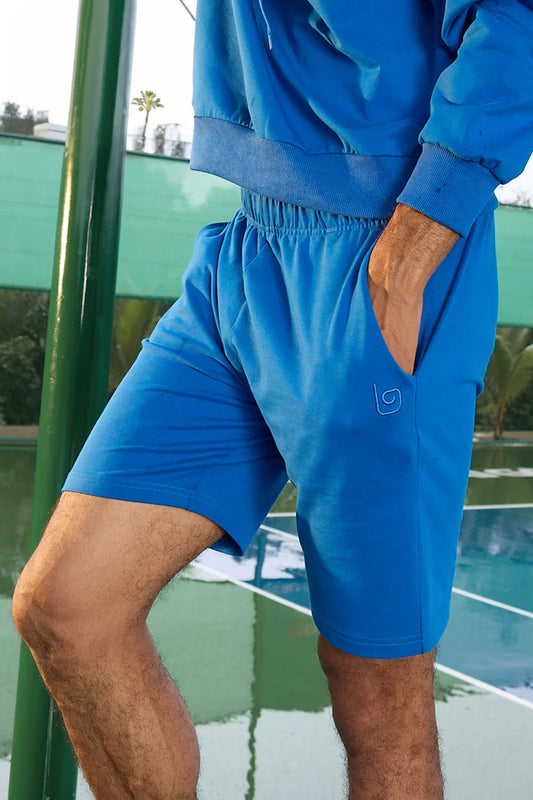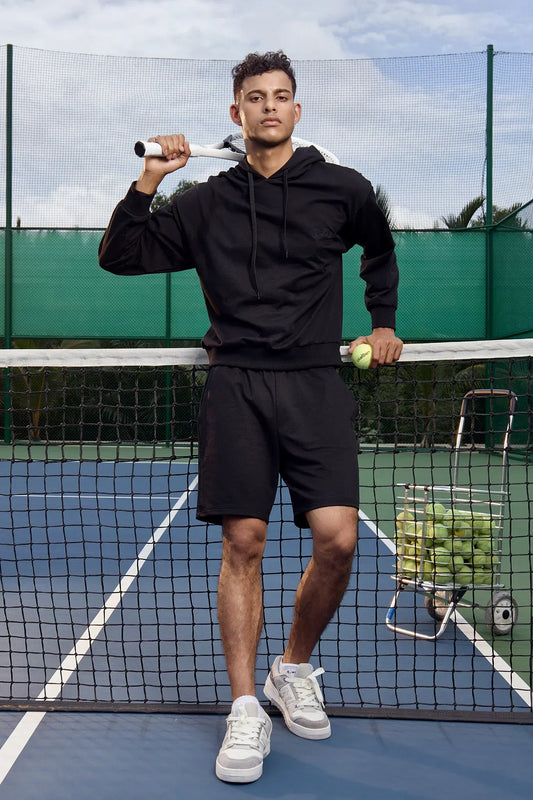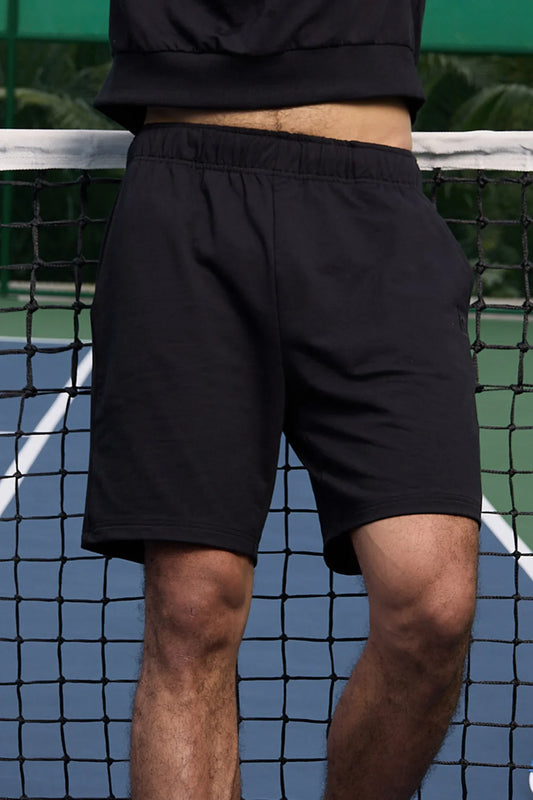Going to the gym isn’t just about lifting weights or running miles—it’s also about how you feel and present yourself. What you wear plays a huge role in both comfort and performance. The right gym outfit can boost confidence, keep your body safe, and even motivate you to push harder in your workout.
At Olaben, we believe activewear should do more than just cover your body—it should empower your movement, protect your health, and express your style. This guide will help you understand what men should wear to the gym, what to avoid, and how to build a versatile gym wardrobe that works for every type of training.
Why Gym Clothing Matters for Men
Wearing the right gym clothing isn’t just about style—it impacts performance, safety, and motivation. Breathable, fitted fabrics help regulate temperature and prevent injuries, while looking good boosts confidence and pushes you to train harder.
How to Choose the Best Gym Clothes for Men
Comfort is the foundation of great gym wear. Opt for lightweight, breathable, and moisture-wicking fabrics that keep you cool and dry—especially during intense workouts. Avoid heavy cotton, as it traps sweat and can leave you feeling weighed down. For added performance, consider compression clothing, which supports muscles, reduces fatigue, and speeds recovery.
Your choice should also match your workout. For machine-based training, avoid overly loose clothing that could get caught, and for strength training, bring layers to stay warm between sets. For high-movement sessions, prioritize gear that allows full mobility without restriction.

Shoes That Match the Activity
The right shoes are crucial for both performance and safety. Weightlifting shoes, with hard soles and elevated heels, offer stability for squats but aren’t ideal for all exercises. Running shoes cater to different distances and gait types, while cross-training shoes provide versatile support for varied workouts. Choose footwear designed for your specific activity to maximize results and reduce injury risk.
Gym Etiquette & Accessories
Respect gym etiquette by avoiding overly revealing clothing and bringing a towel to wipe equipment. Keep jewelry and accessories minimal—they can snag or cause injury. For piercings that can’t be removed, cover them with tape for safety. Simple, practical choices make your workout safer and more enjoyable for everyone.
What to Wear for Different Workouts
Strength Training
When it comes to weight or resistance training, choose bottoms that are squat-proof and made from durable, supportive fabrics. These help you maintain comfort without restricting movement during heavy lifts. Seamless designs reduce chafing, fitted tops prevent distractions, and supportive waistbands keep everything in place. Darker colors are a smart choice as they tend to maintain opacity during deep movements. For strength training, key essentials include performance leggings or shorts, moisture-wicking fabrics, and fitted tops with secure waistbands.

Cardio
Cardio workouts—whether it’s running, cycling, or HIIT—require lightweight, breathable clothing that helps regulate body temperature. Breathable tops and sweat-wicking leggings or shorts can keep you comfortable while preventing overheating. Looser-fitting layers allow for better airflow, while adjustable waistbands ensure garments stay in place throughout dynamic movement. For cardio, look for breathable tops, moisture-wicking bottoms, and clothing designed to keep you cool and dry.
Yoga & Pilates
Yoga and Pilates call for clothing that offers comfort, stretch, and freedom of movement. Soft, breathable fabrics with minimal seams help reduce friction and allow for deep stretches. Choose men’s yoga workout clothing such as bottoms with wide waistbands for added comfort during longer sessions. Clothing should be fitted enough to stay in place but not restrictive, enabling fluid movement. Essentials include stretch leggings or shorts, soft tops, and designs that prioritize flexibility and comfort.
Hybrid Training
If your routine blends strength, cardio, and mobility work, versatility is key. Choose apparel that is breathable, moisture-wicking, and flexible enough to adapt to different activities. Multi-purpose shorts, lightweight tops, and supportive layers make transitioning between exercises effortless. For hybrid training, prioritize gear that balances durability, breathability, and comfort—pieces designed to perform across a range of workouts.

Conclusion
Choosing the right gym clothing is about more than just appearance—it’s about optimizing performance, protecting your body, and feeling confident every time you train. By selecting apparel that matches your workout style, offers comfort and flexibility, and meets your needs for safety and durability, you set yourself up for better results and a more enjoyable experience. Whether you’re lifting weights, running, practicing yoga, or mixing it all together, the right gear can make all the difference. Invest in pieces that move with you, keep you comfortable, and inspire you to give your best every session.
